Do you feel discomfort in your lower back that radiates down into your hips and legs? In that case, you are not alone. Up to 40% of adults experience it at some point in their lives. Sciatica pain can occasionally flare up and go away. If a flare-up is severe or lasts more than a week, it affects your day-to-day activities.
Varicose veins are a condition in which the vein becomes dilated, swollen and tortuous. It is primarily a lifestyle disorder. The lower limbs are common sites of varicosity.

Although each person’s experience is different, sciatica usually affects the legs, feet, back, or butt. Symptoms may occur constantly or intermittently.
Depending on the location of sciatic nerve pain, the following are common symptoms of sciatica:
Although the exact cause of sciatica varies from person to person, it may be due to an injury or aging. Some of the common causes include-
As per Ayurvedic text, its features closely resemble the Gridhrasi which is classified as a Nanatmaja Vataja Vikara (having the involvement of one only Dosha). The pain in Gridhrasi starts in the hip and radiates towards Kati (back), Uru (thigh), Jaanu (knee), Jangha (calf), and Pada (foot). The word Gridhrasi generally suggests the patient’s stride, which resembles that of a vulture because of the patient’s radiating pain. Modern medicine has limitations in that it can only provide temporary pain relief and can have side effects when used for the long term. In Ayurveda, Gridhrasi can be effectively managed with Panchakarma procedures and oral medication.
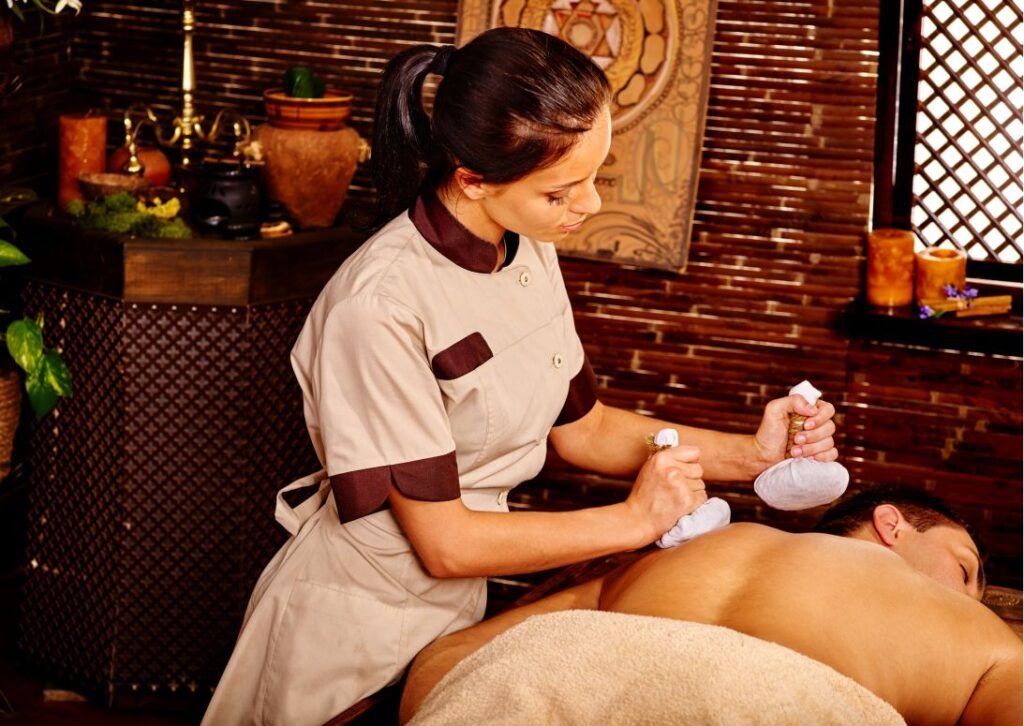
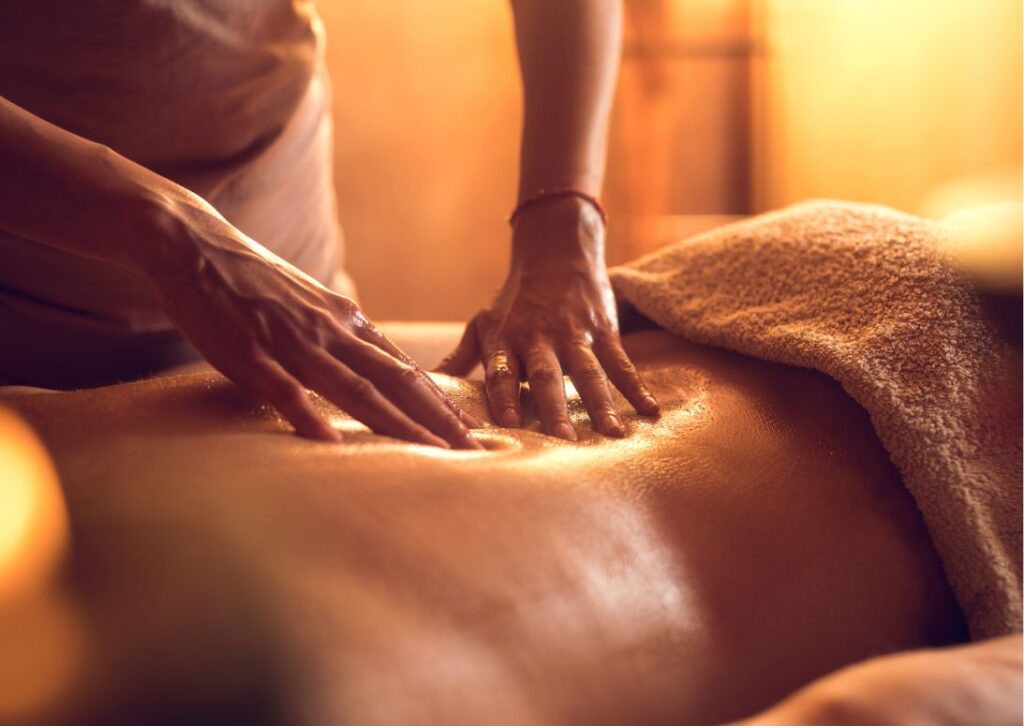
Ayurveda treatments for sciatic pain include a set of systematic treatments. The best treatment for sciatica in Ayurveda includes Bastikarma, Siravedha, and Agnikarma along with medications consisting of natural herbs. The natural herbs have the properties of Ama Pachana, which helps in reducing inflammation of the joints, followed by Shodhana, which involves the removal of deeply deposited toxins in the body, and Brahman i.e. rejuvenation of damaged parts or cartilage.The results of these treatments were found to be very positive. After completion of therapy, you may experience improvement in mobility and relief from pain.
As per Ayurvedic text, its features closely resemble the Gridhrasi which is classified as a Nanatmaja Vataja Vikara (having the involvement of one only Dosha). The pain in Gridhrasi starts in the hip and radiates towards Kati (back), Uru (thigh), Jaanu (knee), Jangha (calf), and Pada (foot). The word Gridhrasi generally suggests the patient’s stride, which resembles that of a vulture because of the patient’s radiating pain. Modern medicine has limitations in that it can only provide temporary pain relief and can have side effects when used for the long term. In Ayurveda, Gridhrasi can be effectively managed with Panchakarma procedures and oral medication.
Ayurveda treatments for sciatic pain include a set of systematic treatments. The best treatment for sciatica in Ayurveda includes Bastikarma, Siravedha, and Agnikarma along with medications consisting of natural herbs. The natural herbs have the properties of Ama Pachana, which helps in reducing inflammation of the joints, followed by Shodhana, which involves the removal of deeply deposited toxins in the body, and Brahman i.e. rejuvenation of damaged parts or cartilage.The results of these treatments were found to be very positive. After completion of therapy, you may experience improvement in mobility and relief from pain.

VVAC is affiliated with Vaidyaratnam with a historical background since 1941. For efficient management of chronic diseases, VVAC offers medical modalities that have been scientifically and traditionally proven. The hospital is situated in Baddi, approximately a 50-minute drive from Chandigarh. The Ashtavaidyans (Ayurvedic physicians of Kerala and masters of the eight branches of Ayurveda) at VVAC offer specific treatment to each individual depending on body constitution. The expert at the hospital recommends lifestyle modification, diet, yoga, herbal therapy, and even spiritual practice to restore and maintain balance of body and mind. They consider every individual as unique and the treatment is based on the defined constitution.
For personalized treatment, we have over 100 varieties of medicinal oils and 600 types of Ayurvedic medications formulated by Vaidyaratnam. The hospital has a refreshing environment of lush green area which is very effective in relieving stress and promoting recovery. At VVAC, Ayurvedic treatments for sciatica focus on strengthening the nervous system, identifying the underlying cause of the condition, and reducing pain. A customized combination of treatments is the most effective Ayurvedic treatment for sciatica.
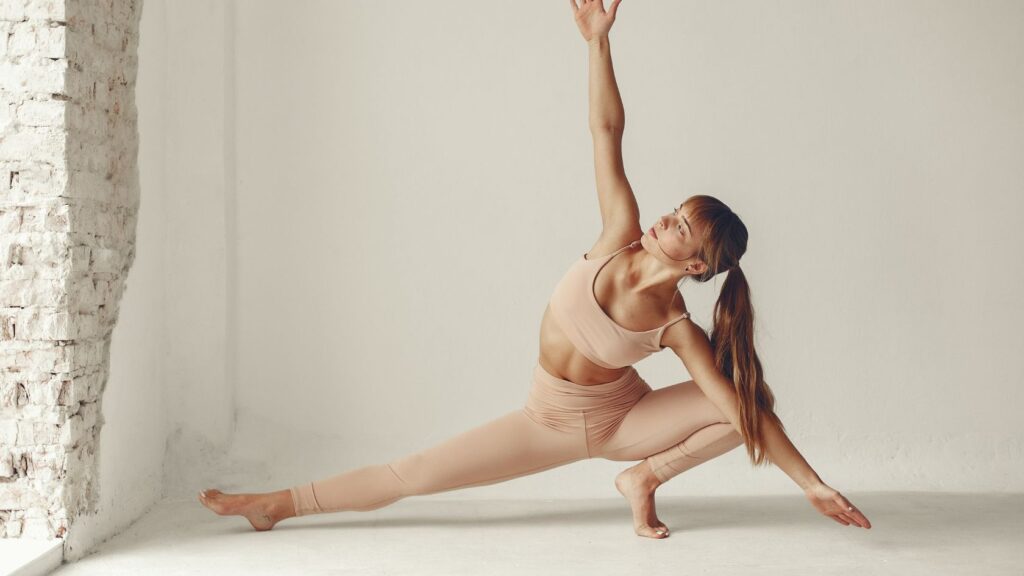
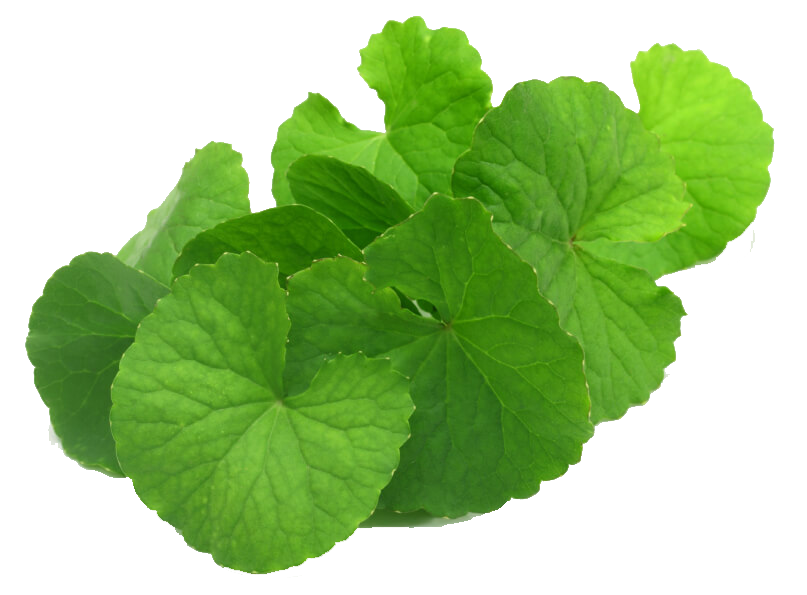
Ashwagandha is one of the most powerful Ayurvedic herbs used in sciatica as it has anti-inflammatory and rejuvenating properties. It strengthens the ligaments, back muscles and spine.
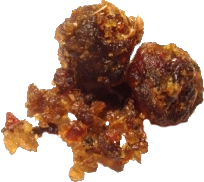
Guggulu is a potent herb with analgesic and anti-inflammatory properties that aids in improving joint flexibility and reducing pain in the lumbar region.
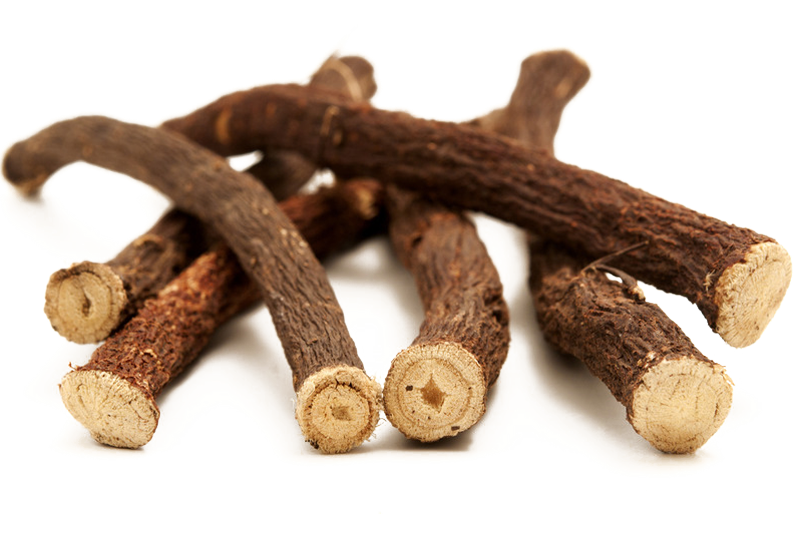
Nirgundi has anti-inflammatory properties and helps in reducing pain caused due to various reasons. Nirgundi oil is used for massage to reduce swelling and sprains.
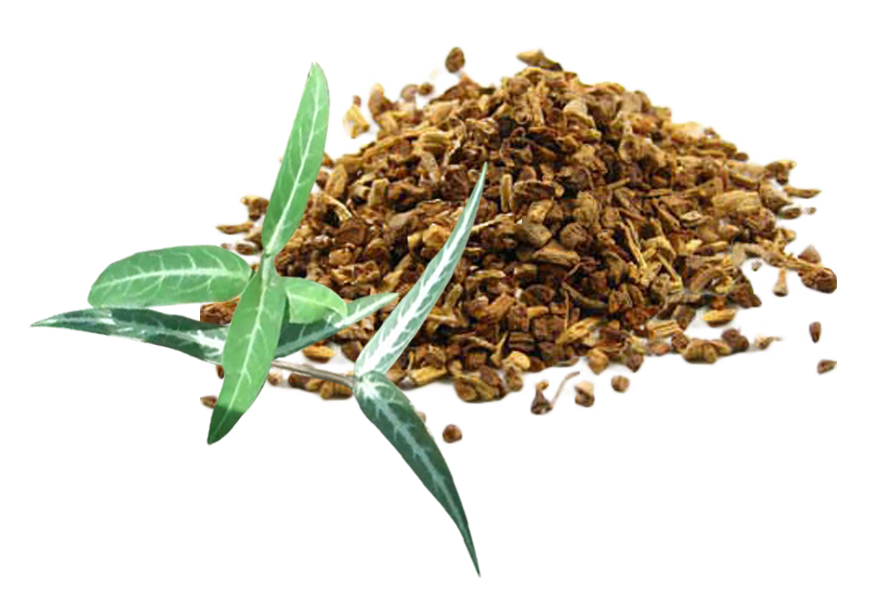
Rasna has Tikta Rasa, Kapha-Vata hara and has spasmolytic & analgesic properties. Applying Rasna powder paste or massaging the lower back with Rasna oil helps reduce pain and inflammation due to its Vata-balancing properties.
Abhyanga with medicated oil has been praised as Vata Shamaka and is extremely beneficial for sciatica pain and stiffness.
Patra Pinda Sweda is the practice of applying heat and then causing perspiration with a heated pack of specific herbal leaves. It works efficiently in painful conditions when Vata Dosha vitiation is predominant.
This Ayurvedic therapy involves administration of natural herbal preparations rectally on a specific schedule. It can be done with the best balancing herbs for Vata dosha to pacify Vata Dosha.
Kati Basti is a soothing Panchkarma therapy where a significant amount of warm medicated oil is retained on your lower back to relieve pain, stiffness, and swelling. Kati Basti (Basti) is a traditional Ayurvedic therapy indicated in various disorders of lower backache and lumbosacral region.




It is generally advisable to eat a diet that balances Pitta and Vata. Foods that are prepared, warm, and unctuous (i.e., containing a modest quantity of healthy fats like ghee and olive oil) will help balance Vata. You can consume a diet high in fibre, whole grains, dairy products, and sweet fruits, as this will help to balance your Pitta and Vata doshas.
The main goal of Ayurveda is to effectively manage varicose veins and reduce the associated symptoms. Ayurveda provides long term relief for varicose veins in legs. For personal guidance, you should visit an experienced Ayurvedic practitioner.
Although Ayurvedic treatments are generally safe, it is still necessary to share any current medications and medical history with the Ayurvedic practitioner to avoid any medicinal interactions or negative effects.
Many herbal formulations and Panchkarma therapies are used in Ayurvedic treatment for varicose veins to promote natural blood purification.
Yes, it is indeed possible and often beneficial to use modern medical interventions and Ayurveda together in the management of arthritis.
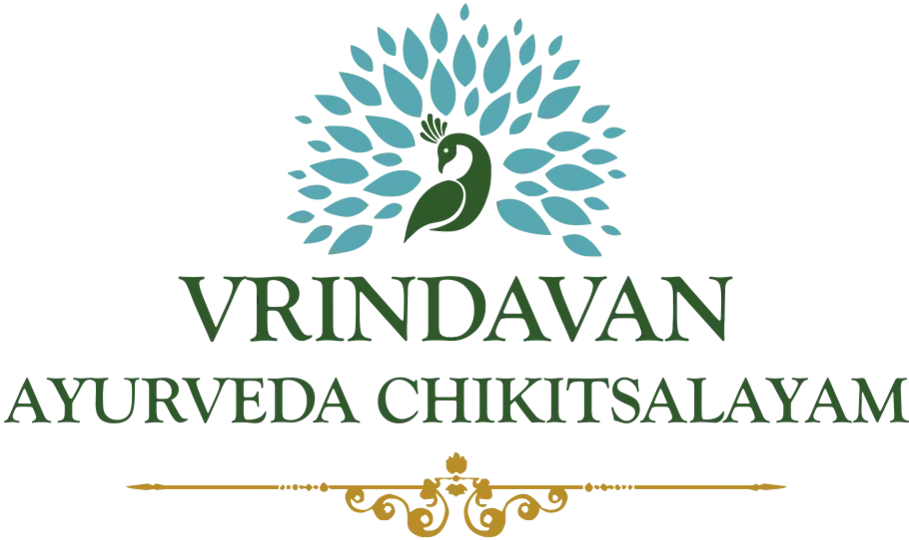
Vaidyaratnam Vrindavan Ayurveda Chikitsalayam 25 Acres Hospital Campus is Nestled in 250 Acres of Lush Green Forests
Shivalik Foothills Village
Thana, EPIP Phase 2, Baddi,
Himachal Pradesh
© 2025 All Rights Reserved.